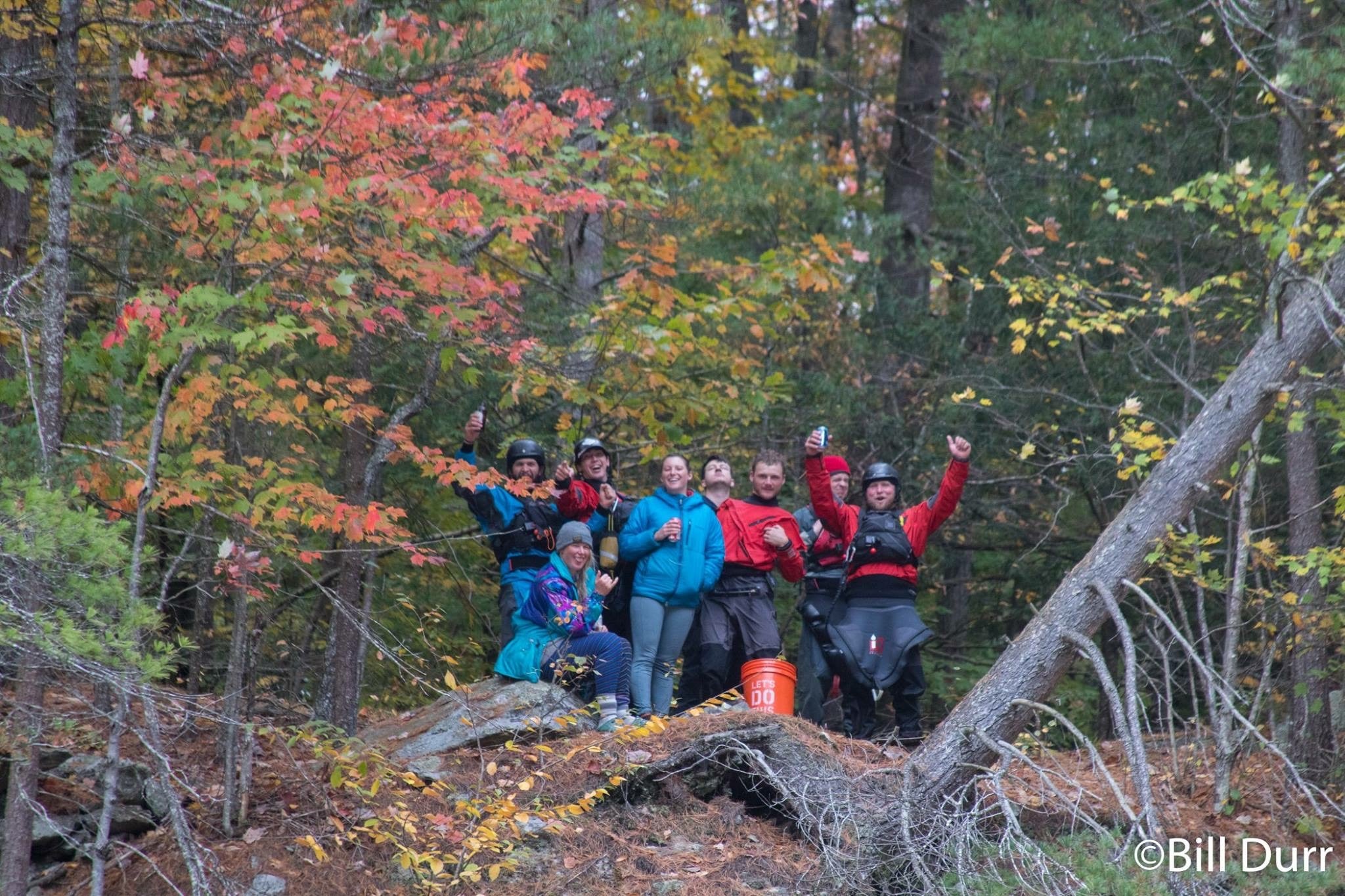As mornings get colder and days get shorter, us fair-weather sports enthusiasts must come to terms with the fact that our season of boating is nearing its end. Fall boating is the spring skiing of river sports. Sure, it's not the greatest conditions the season has served up, but those diligent enough to keep the boat out of storage for an extra month or two get to fit in some of the most memorable runs and overnight trips of the whole season.
There is something pretty special about floating through a canyon during fall colors. The rust-colored shrubs and yellowing cottonwoods dot the river’s shoreline, accenting the blazing red canyon walls like a sunset that lasts the whole day. No other season offers the experience of waking up in the morning at a beach camp to watch the fleeting sparkle of frost in the morning light as the sun bakes it to vapor from the high canyon walls.
While time on the water is a bit less splashy than spring boating adventures, the added challenge of technical low-water rapids tests your ability as a boater to run precise lines with fewer options for correction. Sounds pretty great, huh? If you’re prepared, it's the best way to enjoy fall!

Sure, there are a lot of barriers to fall boating. First and foremost is low water in many areas of the West. There are also the cold mornings and shady canyon afternoons when the daily temperature maxes out around 60 degrees Fahrenheit. To get the most out of your boating season, you must embrace the “it's not over” philosophy, and look at the positives.
Once you’ve got the gear to stay safe and warm during fall boating (like drytops, drysuits, and warm underlayers), your next challenge is to figure out where and when you can boat on the limited remaining water.
Free to boaters, American Whitewater has created an app that will help with exactly that predicament. You can download the American Whitewater (AW) app or visit www.americanwhitewater.org. AW is the country’s largest non-profit boating advocacy organization and among the many things they do, they have an inventory of gauges for each state and are a one-stop-shop for information on where to float.
To access this directory, just select the “River Info” at the top of the page. A new page will load with a map and a table with a legend. Move around on the map to find rivers closest to you. The table will automatically update with gauge information.
Green usually means good to go, so pay special attention to the highlighted colors. Click a river section (preferably one highlighted in green) for more information on each section, such as where it’s located, difficulty at various levels, and average flows considered floatable.

If you use AW for information often, consider their yearly membership program. The fees charged promote your right to float by helping AW to compensate legal representation in key court cases over dams and boating access. They send you some cool stickers, too, which seems to be a key selling point for most boaters!
Some rivers, typically in the Pacific Northwest and East Coast have scheduled fall releases as they have to lower their reservoirs to prevent damage to the dams from ice in the wintertime. These rivers typically run higher than normal in the fall as they are dumping water from storage, giving a several hours or several day water event similar to spring flows. These are special days that shouldn’t be missed if they are happening in your neck of the woods.

The colder temperatures of both the air and water, as well as fewer boaters out on the water to lend a hand, leads to the potential for dangerous situations. Scout sections that you haven’t floated during low water, as some become more difficult at low water that can be “washed out” at normal flows.
Also, check to make sure that sections you plan on floating don’t require a permit this time of year. For those that do have permit regulation, comb www.recreation.gov daily for launch dates that are released on western multi-day river sections. Most of these are dates that other trips canceled and are re-posted on a first come-first served basis when released. These permits are typically less-competitive than high-season permits because many folks are fairweather boaters and have hung up the oars for the season.
We wish you the best of luck in your quest to keep boating through the fall, and hope that you enjoy this time of year as much as we do here at CKS Online! You can always contact our customer service chat for more information on resources to help you get on the water safely.

